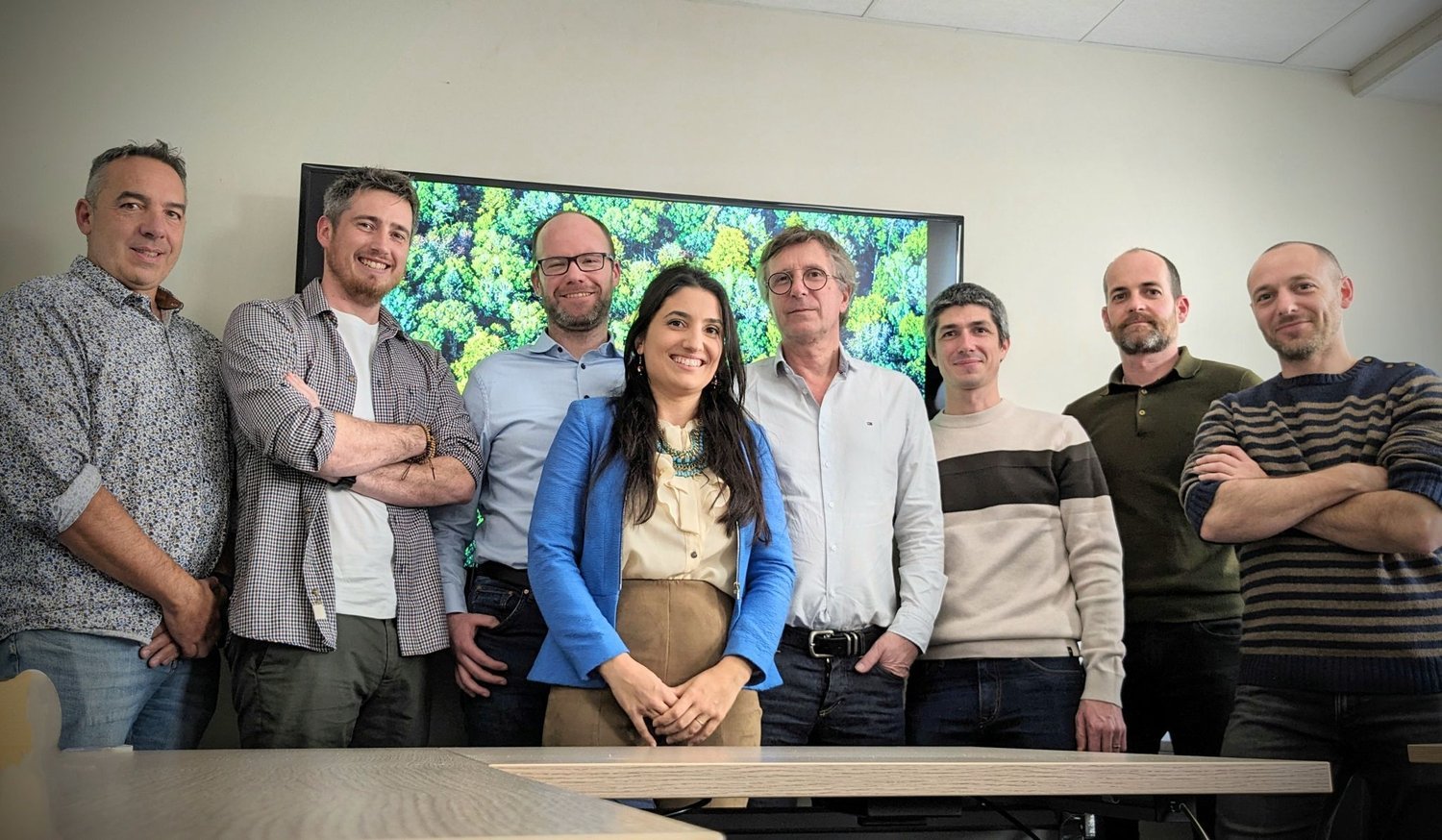Biodiversity Informatics: Using Technology to Understand and Protect Our Natural World
Biodiversity informatics is the use of technology to collect, manage, analyze, and interpret data about the diversity of life on Earth. From the tiniest microbe to the tallest tree, the natural world is full of incredible diversity, and understanding this diversity is crucial for conserving and protecting our planet. Biodiversity informatics combines the fields of biology, computer science, and information technology to help us better understand and manage the Earth's biodiversity.
The Challenges of Managing Biodiversity Data:
One of the major challenges of biodiversity informatics is the sheer amount of data that needs to be managed. From observations of individual species to large-scale experiments and modeling, there is a vast amount of information that needs to be collected, organized, and analyzed. This can be a daunting task, but thankfully, advances in technology have made it easier than ever to manage and analyze biodiversity data.
The Role of Technology in Biodiversity Informatics:
Technology plays a crucial role in biodiversity informatics. From databases and spatial analysis tools to machine learning algorithms and more, there are many tools and techniques that can help us better understand and manage biodiversity data. For example, databases like GBIF (the Global Biodiversity Information Facility) and iDigBio (the Integrated Digitized Biocollections) are valuable resources for managing and sharing biodiversity data. Spatial analysis tools like ArcGIS and QGIS can be used to visualize and analyze data in a spatial context, while machine learning algorithms can help us make predictions and identify patterns in large datasets.
The Benefits of Biodiversity Informatics:
Biodiversity informatics has the potential to provide many benefits for conservation and management efforts. By collecting and organizing biodiversity data, we can better understand the distribution and abundance of different species, which can help us identify areas that are in need of protection. By analyzing data with advanced tools and techniques, we can identify trends and patterns that can inform conservation efforts. And by sharing data openly and transparently, we can facilitate collaboration and improve decision-making.
Conclusion:
Biodiversity informatics is a growing field that combines the power of technology with the study of biology to better understand and protect the diversity of life on Earth. From managing and analyzing data to sharing information and collaborating with others, biodiversity informatics has the potential to make a real difference in our efforts to conserve and protect our planet.
We at Natural Solutions provide software solutions for biodiversity please get in touch and setup a meeting.














